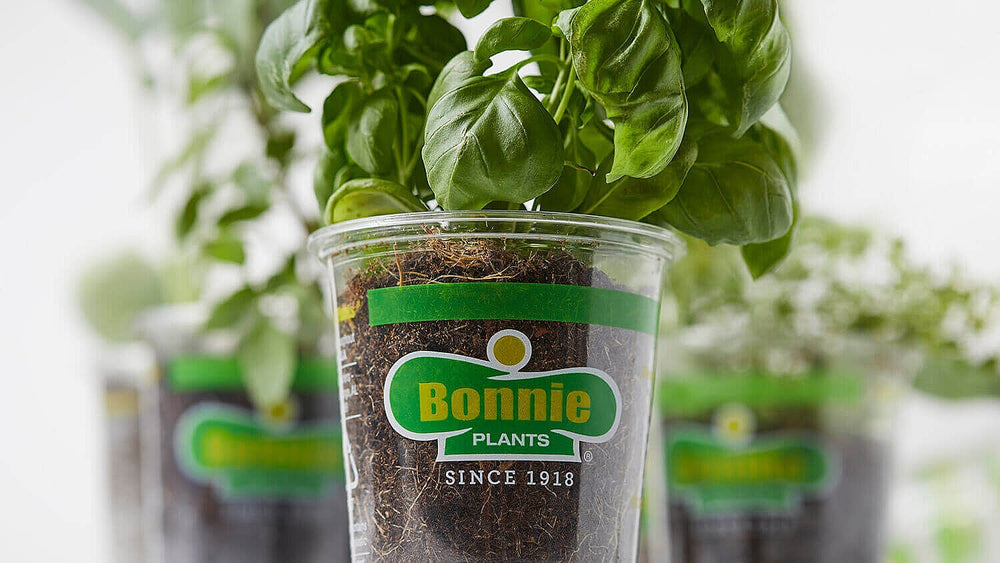Want to preserve garden-grown herbs so you can enjoy them all the way into winter and beyond? This hanging herb drying rack will air-dry them beautifully in your kitchen (or wherever you want to hang it). It's easy to make, and all you need are a few items that can be purchased at the local craft store.
The Bonnie Original Tomato Tale
What's so special about our Bonnie Original tomato? One of our customers said it best: "I love Bonnie Original because it's just a good-tasting, basic tomato. One is just right for a tomato sandwich and we don't have any left over. It's not too big and the plant makes a lot of fruit for a long time."
Back in the mid-1960s, as Big Boy and Better Boy were becoming popular, Bonnie Plants began thinking about producing their own delicious slicer. According to Tommy Paulk, a former President of Bonnie Plants who was in sales at the time, "We thought we needed a great-tasting, prolific tomato that no one else had, so we had this Bonnie Original tomato bred because we wanted a proprietary variety."
So the company looked to a rock-star of vegetable breeding, the late Paul Thomas. Mr. Thomas was the breeder of Better Boy tomato, along with several other very popular vegetable varieties.
"The two attributes we asked for were flavor and yield," says Paulk. Thomas didn't disappoint. Compared to commercial tomatoes, Bonnie Original, with its thin skin, did not have a long shelf life, but that didn't matter—the fruit tasted so good that it was eaten quickly. Today, flavor over durability remains a major difference between tomatoes bred for home gardens (like the Bonnie Original) and those bred for commerce.
Back then, Bonnie sold plants in bare-root bunches of 25, in wet sawdust wrapped in brown paper. The new Bonnie tomato was so popular that the company developed a different paper with red print to set it apart from all the others — and customers gladly paid a premium for it. "Customers and salesmen raved about it," says Paulk."Several Bonnie employees and family members tried the new tomato in 1967, before we put it on the market in 1968," recalls Paulk. "The first plantings continued to bear fruit until Christmas that year, which saw a mild beginning to winter. None of us had ever seen tomatoes bear so much fruit for such a long period of time." Bonnie Original's first year on the market also happened to be Bonnie's 50th anniversary year, as well as the first year the company's sales hit $1 million. "It was an exciting time for all of us," says Paulk.
Today, our Bonnie Original is still going strong, but now you can buy it for the same price as all our other tomato varieties. If you aren't already a fan, we hope you'll try it and enjoy it as much as we have — this is the tomato we Bonnie employees all grow in our own gardens!
Find a Bonnie retailer near you. Article written by Lois Chaplin.






 Herbs
Herbs
 Vegetables
Vegetables
 Fruit
Fruit
 Flowers
Flowers
 Succulents
Succulents


